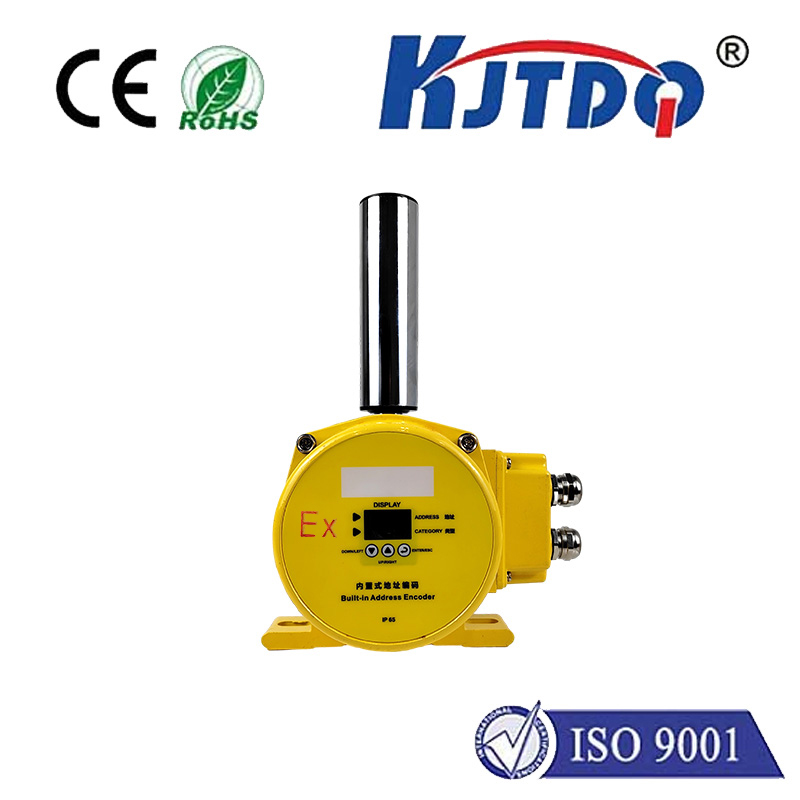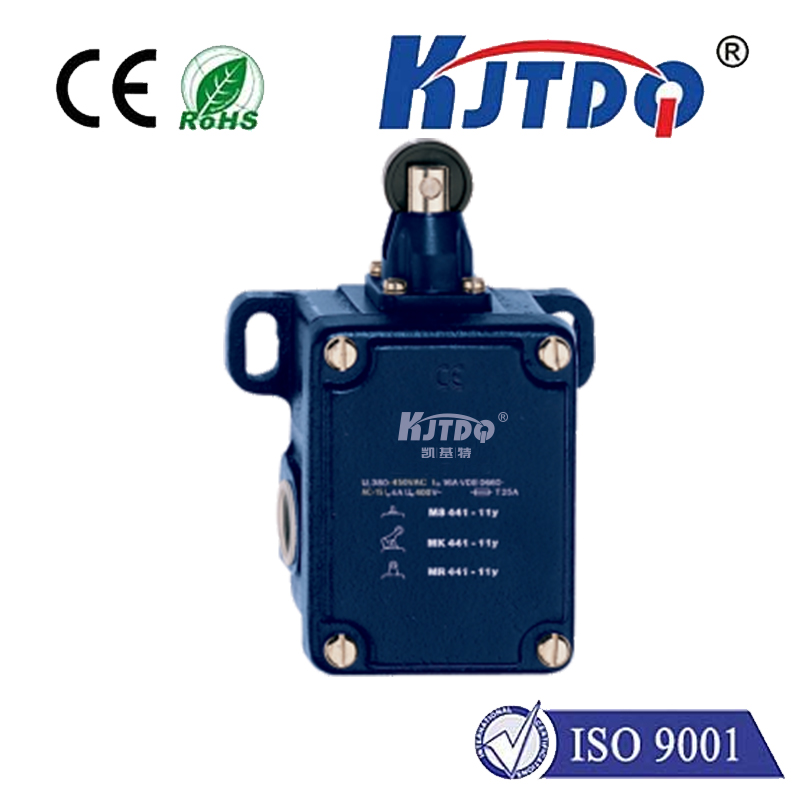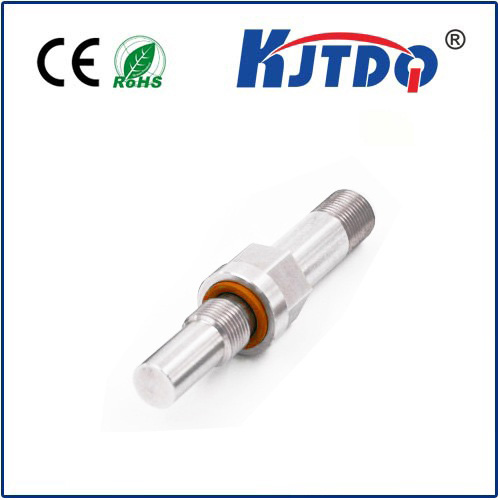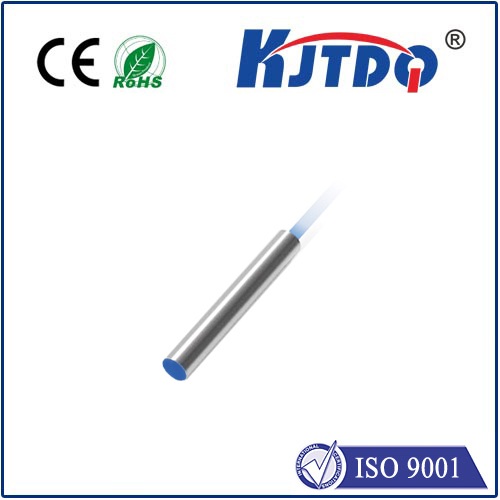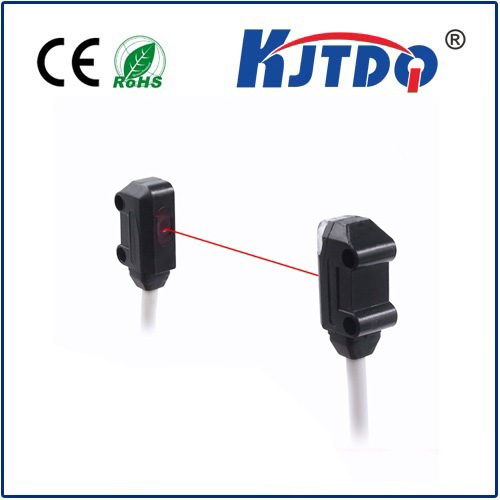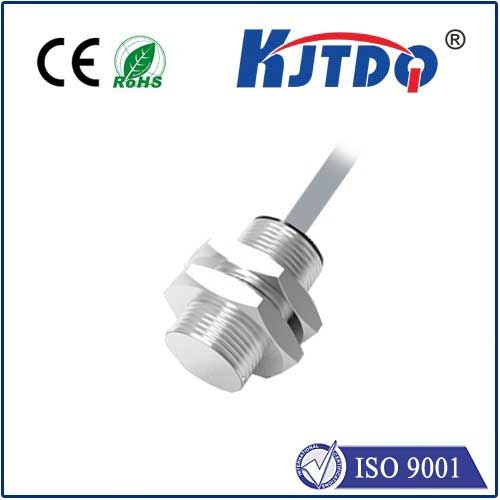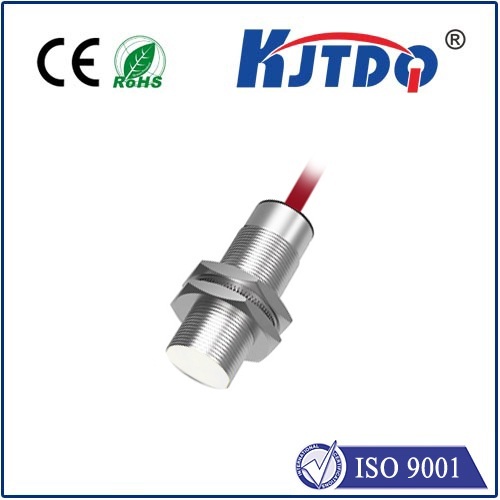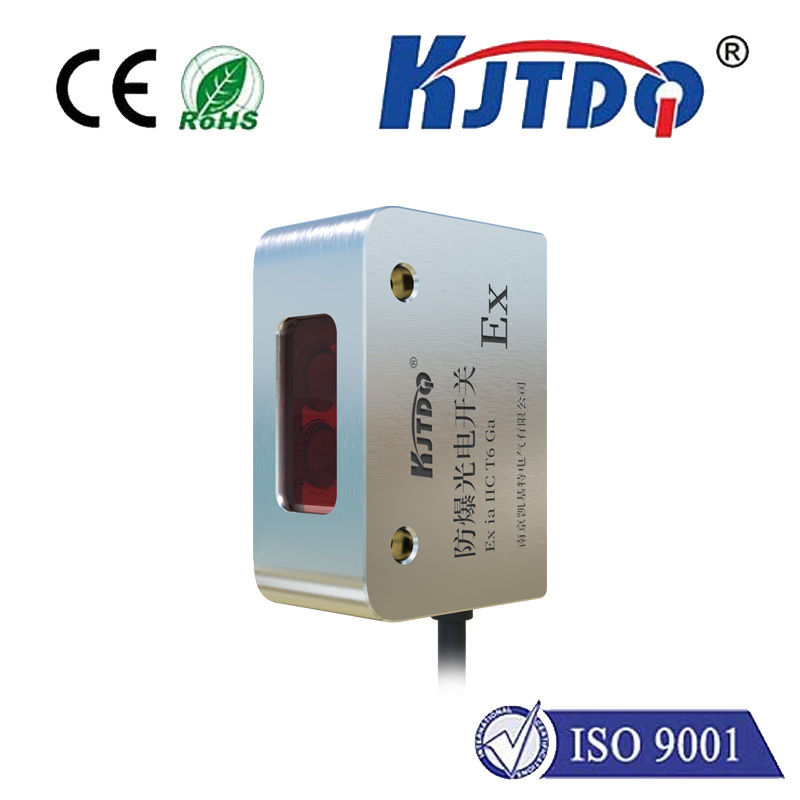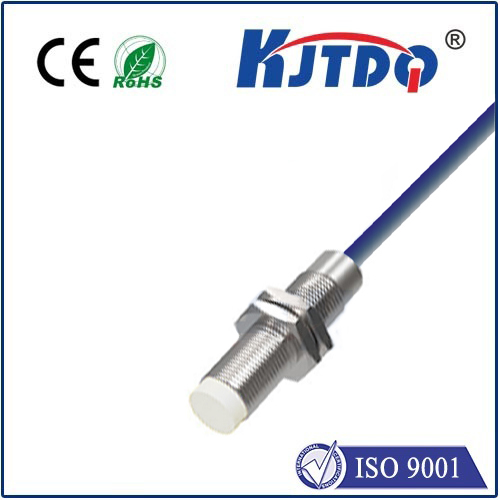

check

check

check

check
In the relentless rhythm of modern industrial automation, where milliseconds matter and uptime is paramount, sensing technology forms the bedrock of control. Knowing the precise position of a component, the presence of a metal object, or the end of travel of a machine element – reliably and consistently – is non-negotiable. This is where Allen Bradley Inductive Proximity Sensors step into the spotlight. Engineered for performance and durability within Rockwell Automation’s globally trusted ecosystem, these sensors offer a robust, non-contact solution for countless position and presence detection tasks in factories worldwide.
Understanding the Core Technology: The Inductive Principle
At the heart of every Allen Bradley inductive proximity sensor lies a fundamental principle: electromagnetic induction. The sensor generates a high-frequency oscillating electromagnetic field from its active face. When a ferrous (iron, steel) or non-ferrous (aluminum, brass, copper) metal target enters this field, eddy currents are induced within the target material. These eddy currents absorb energy from the sensor’s oscillator circuit, causing a measurable change – typically a reduction in oscillation amplitude. Sophisticated circuitry within the sensor detects this change and triggers a solid-state switching output (PNP or NPN, sourcing or sinking), signaling the target’s presence without any physical contact.
Why Allen Bradley Stands Out: Key Features for Industrial Excellence
More than just a basic inductive sensor, Allen Bradley models are designed to excel in challenging industrial environments:
Unmatched Durability & Protection: Built to withstand the rigors of the factory floor. Expect robust housings in nickel-plated brass or stainless steel and high-grade polymer sensing faces. Standard offerings feature exceptional IP67, IP68, and IP69K ingress protection ratings, safeguarding against dust, water jets, high-pressure washdowns, and even temporary submersion – a critical feature for food & beverage, chemical, or heavy machinery applications.

Electrical Noise Immunity: Industrial environments are electrically noisy landscapes. Allen Bradley sensors incorporate advanced circuitry designed to resist interference from variable frequency drives (VFDs), motors, welding equipment, and other common sources of electrical noise, ensuring stable and reliable operation even in electromagnetically hostile zones.
Extended Sensing Ranges & Configurations: Offering a wide range of sensing distances (*typically 2mm to 40mm, depending on model and target material*), they cater to diverse application needs. Available in numerous form factors including tubular (M8, M12, M18, M30), block or rectangular styles, and ring-shaped variants for applications like part counting on conveyors or detecting fasteners.
High Switching Frequencies & Speed: Capable of detecting rapidly moving targets with switching frequencies often exceeding 1 kHz, making them suitable for high-speed production lines, packaging machinery, and robotic handling systems.
Temperature Resilience: Engineered to perform reliably across a broad operating temperature range (commonly -25°C to +70°C, with extended ranges available), essential for foundries, cold storage, or outdoor installations.
IO-Link Integration (Smart Sensing): Many newer Allen Bradley inductive proximity sensors feature IO-Link communication technology. This transforms a simple binary switch into a smart device capable of transmitting diagnostic data (operating hours, temperature, signal strength), enabling remote configuration changes, and simplifying device replacement and predictive maintenance within integrated architectures like Logix and FactoryTalk.
Integrating Seamlessly with Rockwell Automation Systems
A significant advantage of choosing Allen Bradley inductive proximity sensors is their inherent synergy within the broader Rockwell Automation ecosystem. They are readily configurable and monitored via Studio 5000 Logix Designer software when connected to compatible I/O modules (like POINT I/O or ArmorBlock). Their status feeds directly into the control logic, and diagnostics appear within the unified FactoryTalk View HMI environment. This simplifies engineering, reduces commissioning time, and provides a holistic view of machine health.
Critical Applications Across Industries
The versatility and robustness of Allen Bradley inductive proximity sensors make them indispensable across numerous sectors:
Installation Tips for Optimal Performance
Maximizing the lifespan and accuracy of your sensors involves mindful installation:
Conclusion: The Intelligent Choice for Metal Detection
Allen Bradley Inductive Proximity Sensors represent more than just a component; they embody a commitment to reliability, integration, and performance demanded by modern industrial automation. Their robust construction, immunity to harsh environments and electrical noise, seamless connectivity with Rockwell Automation control systems, and the added intelligence of IO-Link options make them a cornerstone technology. When consistent, non-contact detection of metal objects is critical to your process efficiency, safety, and uptime, specifying Allen Bradley sensors is a strategic investment in operational excellence. They provide the confidence of detection needed to keep production flowing smoothly, predictably, and profitably.
